How to clean water and ice dispenser on LG refrigerator?
Frustrated by cloudy ice and strange-tasting water? Learn How to clean water and ice dispenser on LG refrigerator? to ensure fresh taste and crystal-clear ice cubes every time.
Begin by turning off the refrigerator water line. Empty the ice maker, and clean both the ice bin and dispenser with warm, soapy water. Use a vinegar solution to rinse and disinfect. Dry all components before reassembling and restarting the water line.
Discover the simple steps to pristine drinking water and perfect ice cubes. Click here for our comprehensive guide on maintaining your LG refrigerator’s dispenser!
How to clean water and ice dispenser on LG refrigerator? (6 Steps Guidance)
If you are facing the same problem like, How to clean water and ice dispenser on LG refrigerator? And how to set up Must read the following steps!

Step 1: Gather Your Cleaning Supplies
To effectively clean your LG dispenser, you’ll need distilled white vinegar, a microfiber cloth, a soft-bristled brush, and dish soap. Ensure you have these items on hand before beginning the cleaning process.
Step 2: Shut Off The Water Supply and Empty the Ice Maker
Locate the shutoff valve for your refrigerator’s water supply and turn it off. Remove all ice from the maker and bin, discarding any old cubes.
Step 3: Remove and Clean the Ice Bin and Dispenser Parts
Carefully detach the ice bin and any removable parts from the dispenser. Wash them with a mixture of warm water and dish soap, scrubbing gently with your brush to remove residue and buildup.
Step 4: Prepare and Apply the Vinegar Cleaning Solution
Mix equal parts of distilled white vinegar and warm water. Using the microfiber cloth, apply the solution to all surfaces, allowing it to dissolve mineral deposits and sanitise.
Step 5: Thoroughly Rinse and Dry All Components
After applying the vinegar solution, rinse all the components with warm water. Then, using a clean cloth, thoroughly dry each part to prevent water spots and ensure that no moisture remains before reassembly.
Step 6: Reassemble the Dispenser and Restore the Water Supply
Once all parts are dry, reassemble them properly. Turn the water supply back on, and allow the system to flush before using the dispenser again.
Topics:
The comprehensive topics related How to clean water and ice dispenser on LG refrigerator?
1.Common Issues with LG Refrigerator Water and Ice Dispensers
Many users encounter issues such as leaks, slow water flow, or poor ice cube quality with their LG dispensers. Regular maintenance and cleaning, as outlined in our guide, can help alleviate these common complications, ensuring the longevity and optimal performance of your refrigerator’s water and ice features.
2.Identifying and Fixing Common Problems
Many LG refrigerator owners report issues like leaking dispensers, inconsistent ice cube size, and odd-tasting water. Addressing these problems often involves checking for clogs, ensuring filters are replaced regularly, and cleaning the system as outlined in our step-by-step guide.
3.Maintaining Your LG Refrigerator for Optimal Performance
To maintain your LG refrigerator’s peak performance, regularly clean the coils, update water filters, and follow our guide to keep the water and ice dispenser in optimal condition. This routine care prevents common issues and prolongs the appliance’s lifespan.
4.Troubleshooting Water Dispenser Problems in LG Fridges
When troubleshooting water dispenser problems in LG fridges, inspect for potential blockages in the valve or hose. Ensure the filter is regularly replaced and no air is trapped in the lines. Consulting the user manual for model-specific advice often yields quick solutions to restore functionality.
5.The Importance of Regularly Changing the LG Fridge Water Filter
Regularly changing the LG refrigerator’s water filter is crucial for maintaining water quality and flow rate. Failure to replace the filter can lead to contaminants and odd flavours in your water and ice, undermining the refrigerator’s efficiency and the health benefits of your hydration.
6.Tips for Ensuring the Purity of Your Refrigerator’s Water and Ice
To ensure purity in your refrigerator’s water and ice, regularly replace the water filter, run frequent cleaning cycles, and use fresh water sources. Prevent bacteria and impurities from affecting taste and health by maintaining a sterile environment within both the water and ice dispensing areas.
Conclusion:
Caring for your LG refrigerator’s water and ice dispenser is crucial to ensure the freshness and quality of your drinking water and ice cubes. By following our comprehensive “How to clean water and ice dispenser on LG refrigerator?” guide, you will help prevent common issues and extend your appliance’s life. Regular cleaning with simple supplies such as vinegar, a soft cloth, and a soft-bristled brush can make a significant difference in performance. Keep in mind that consistency is the key to maintaining the purity and taste of your water and ice.
FAQs:
People also ask
To clean your refrigerator ice maker, turn off the water supply, remove and wash all detachable parts with soapy water, rinse, dry thoroughly, and reassemble.
To clean a refrigerator water dispenser line, flush the line with a solution of vinegar and water, let it sit, then rinse thoroughly with clean water.
To clean the inside of a water dispenser, flush it with a vinegar solution, let it rest to dissolve deposits, then rinse several times with clean water.
To clean your LG ice maker tray, remove it, wash with warm, soapy water, scrub away residue, rinse thoroughly, and dry before placing it back in the unit.
Clean an ice maker and water dispenser by turning off water, cleaning with vinegar solution, thoroughly rinsing, allowing parts to dry, and reassembling.

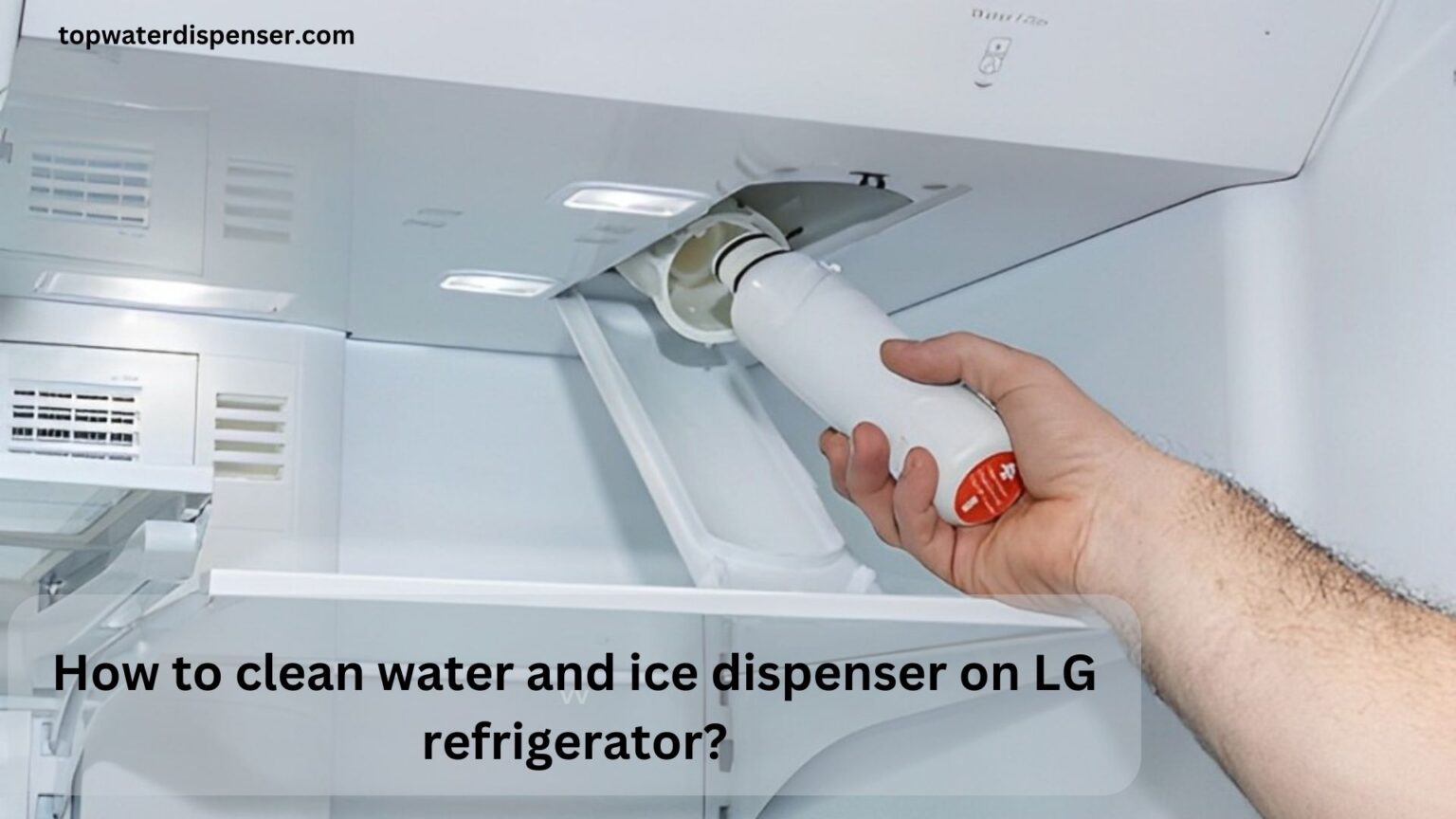
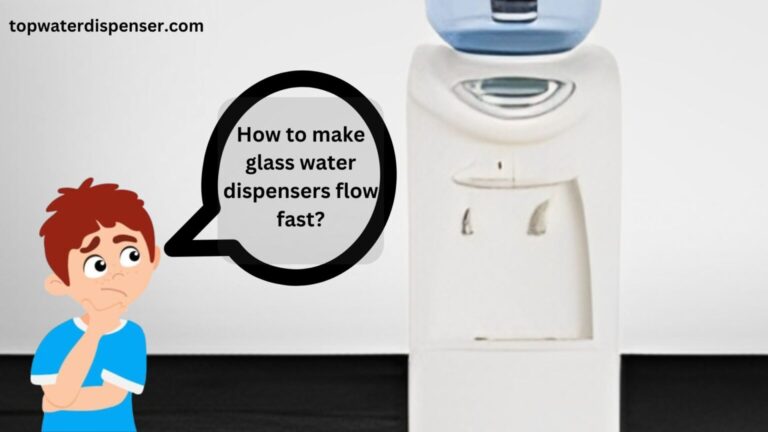
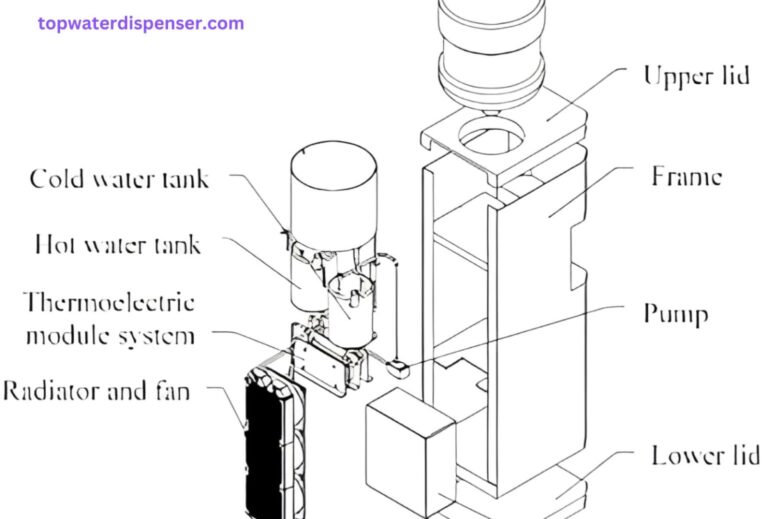
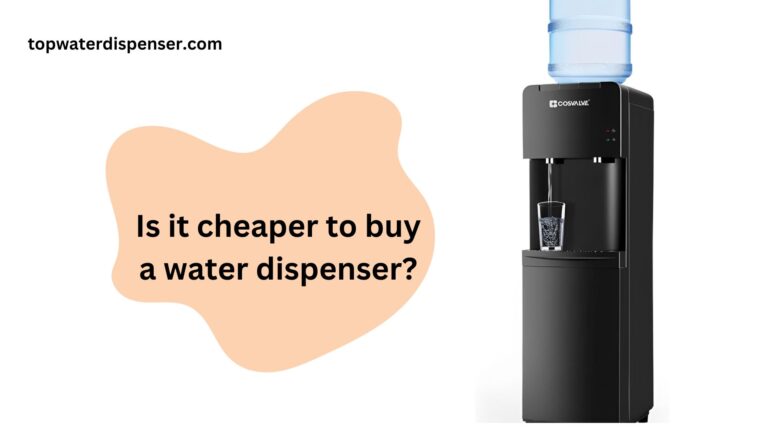
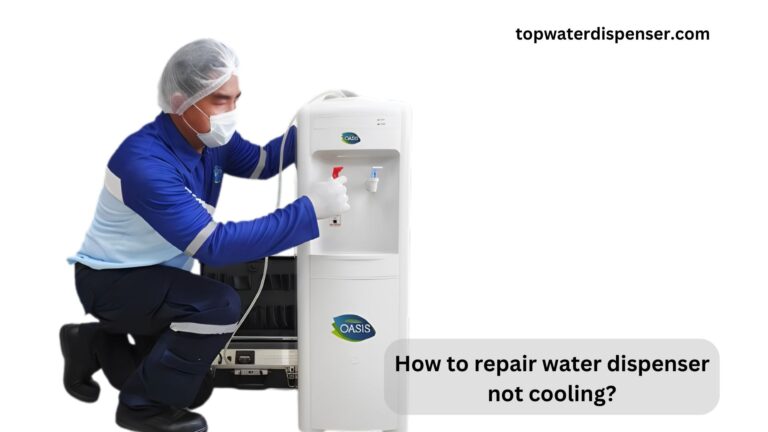
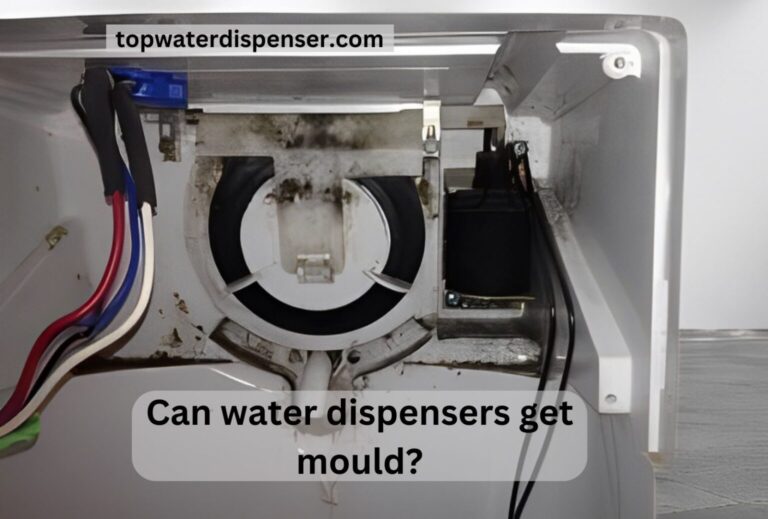
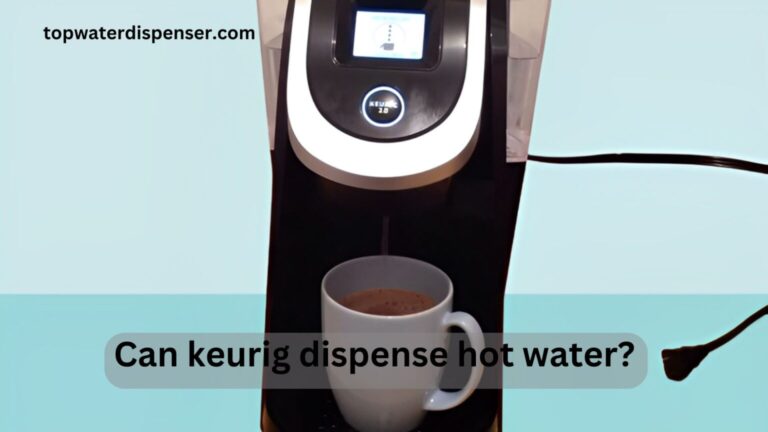
One Comment